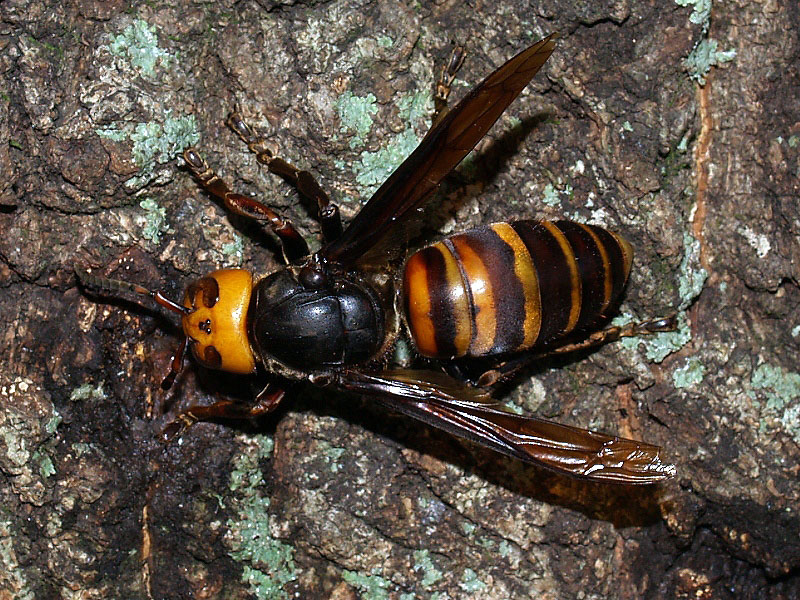Venom
The Vespa mandarinia can deliver a very powerful sting, as evidenced by the video here. On average, this sting kills about 40 people a year from its toxic venom that can lead to kidney or liver failure if not the sting isn’t treated fast enough (Sugahara and Sakamoto 2009). Additionally the sting can cause necrosis in rare cases, as well being able to cause skin hemorrhages, which some researchers believe may help indicate possible organ failure (Yanagawa and Morita 2007). Some research indicates that this venom may actually help digest the cell components of those stung by it, helping it break down into materials that can be used to better power the Asian giant hornets flight. It also appears that its venom is different than the honey bee, perhaps due to the carnivorous nature of the hornets and their need for a venom to be used on a prey organism (Abe and Sugita et al. 2000).
